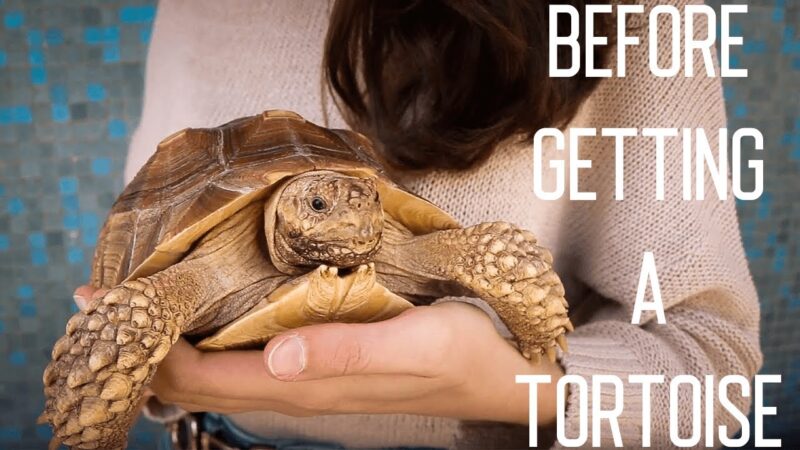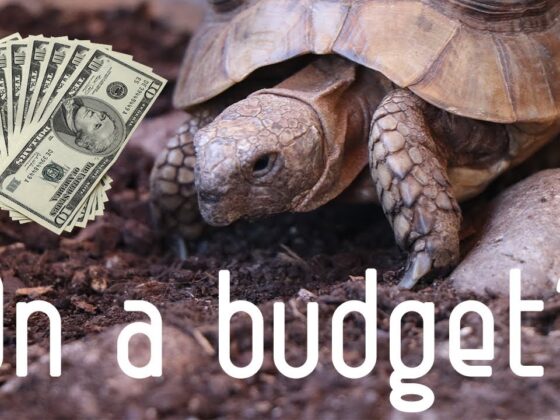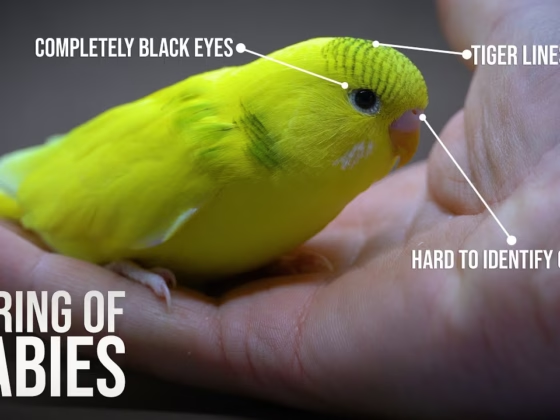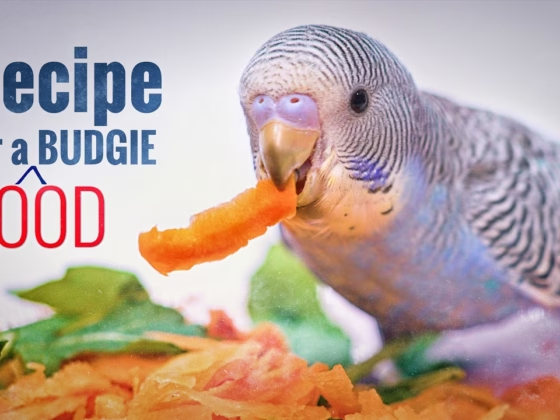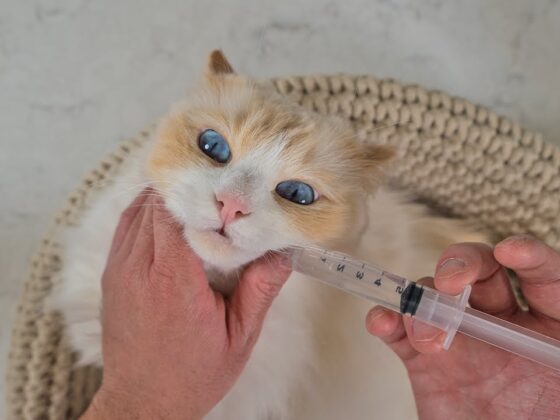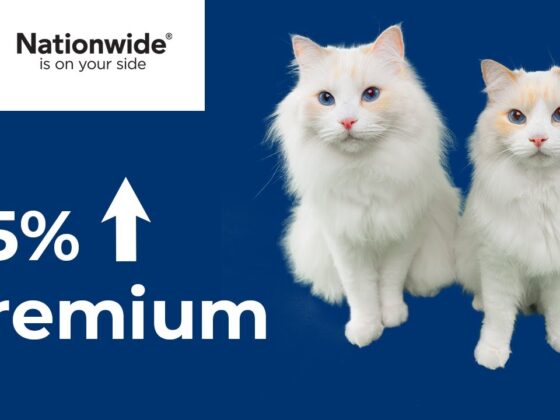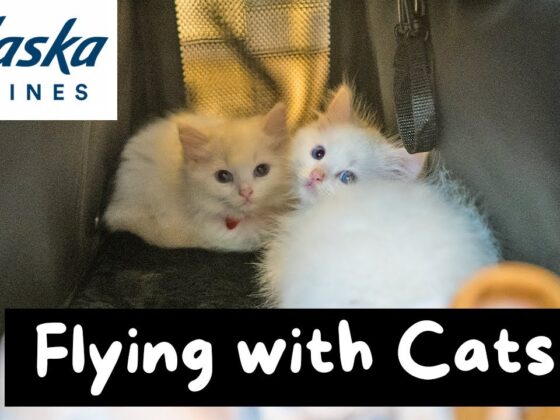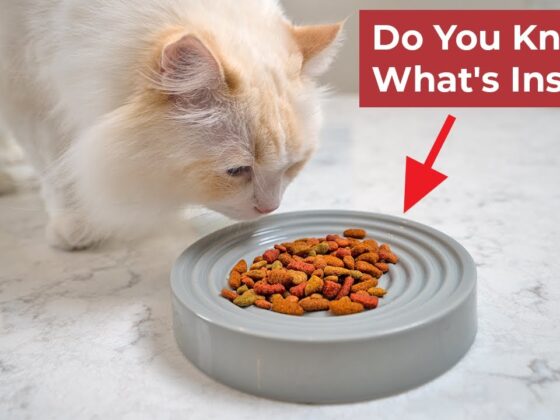Are you dreaming of welcoming a tortoise into your home, but wondering about the financial commitment involved? It’s a question every responsible pet parent-to-be asks, and for good reason!
Owning a tortoise is a rewarding experience, but understanding the true cost upfront is crucial. In this comprehensive guide, Petiance breaks down everything you need to know about the initial investment and ongoing expenses of keeping a tortoise, helping you prepare for a happy and healthy life with your new shelled friend. You’ll gain clarity on species-specific pricing, essential enclosure setups, and routine care costs that often go overlooked.
The Initial Investment: Bringing Your Tortoise Home
The first step in tortoise ownership is, of course, acquiring your tortoise! The cost can vary significantly based on the species, age, and where you purchase them. The video highlights several popular species and their typical price ranges:
- Redfoot Tortoises: Around $300
- Sulcata Tortoises: $100 to $400 (depending on size)
- Hermann’s Tortoises: $185 to $250 (depending on size)
- Greek Tortoises: $200 to $300
- Marginated Tortoises: Around $175
- Russian Tortoises: $150 to $250
- Elongated Tortoises: $200 to $250
Beyond the tortoise itself, setting up their living space is a major initial expense. A suitable enclosure is paramount for their health and well-being. For baby tortoises, a smaller table might cost around $35 to $70. As your tortoise grows, especially for adult species, you’ll need a larger enclosure, which can range from $40 to $150. The recommended size for an adult tortoise enclosure is 4 feet by 2 feet by 12 inches deep.
An optional, but highly beneficial addition, is a tortoise run for outdoor exercise, costing anywhere from $50 to $200 depending on its size and complexity. This allows your tortoise to explore a safe outdoor environment, especially if you have a garden.
Ongoing Expenses: Keeping Your Tortoise Thriving
Once your tortoise is settled, you’ll need to budget for recurring costs to ensure they thrive. These aren’t just minor expenses; they’re vital for a healthy, happy tortoise.
Substrate
The best option for substrate is sterilized topsoil, which costs about $10 per bag and can last 3 to 6 months, depending on how frequently you clean the enclosure. Proper substrate is essential for humidity control and burrowing behaviors.
Lighting and Heating
This is a critical area for tortoise health. You’ll need a heat basking lamp (bulb $10-$35, fixture $10-$15), which requires replacement every six months. Equally important is a UVB light (bulb $10-$40, fixture $10-$55), also needing replacement every six months. These lights mimic natural sunlight, crucial for vitamin D3 synthesis and calcium absorption.
To maintain optimal conditions, investing in a thermometer and hydrometer is highly recommended for monitoring temperature and humidity. A thermostat (around $50-$80) provides precise control over heating elements, preventing dangerous fluctuations.
Food and Nutrition
Tortoises primarily eat vegetables and weeds. While grocery-bought vegetables can supplement their diet, prioritizing weeds is key. The video suggests food costs around $20 per month per tortoise. Remember, a varied and appropriate diet is vital for their long-term health.
Electricity and Veterinary Care
The electricity for lighting and heating can add approximately $10 per month to your utility bill. Regular veterinary check-ups are also essential. Routine vet visits typically cost around $20, though emergency care or specialized treatments could be significantly more.
The Total Picture: Initial vs. Ongoing Costs
As the video explains, the initial setup is usually the most expensive part of tortoise ownership. You can expect an initial cost of around $395, including the tortoise itself and the essential setup.
However, maintaining a tortoise is relatively more affordable, with monthly costs averaging around $52. These figures are estimates and can vary based on your specific choices and your tortoise’s needs.
Understanding these financial aspects is the first step towards providing a happy, healthy, and fulfilling life for your tortoise. Responsible pet ownership means being prepared for both the joys and the responsibilities, including the financial ones.
Ready to Welcome Your Tortoise?
Bringing a tortoise into your life is a long-term commitment that brings immense joy. By being prepared for the financial realities, you’re setting both yourself and your future tortoise up for success. Do your research, plan your budget, and get ready for years of fascinating companionship!
What surprised you most about the cost of keeping a tortoise? Share your thoughts in the comments below!
